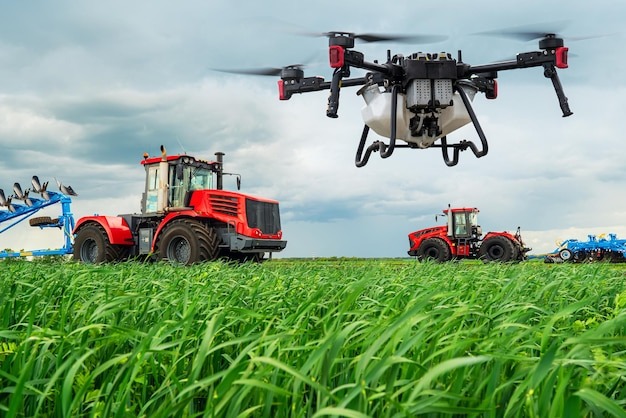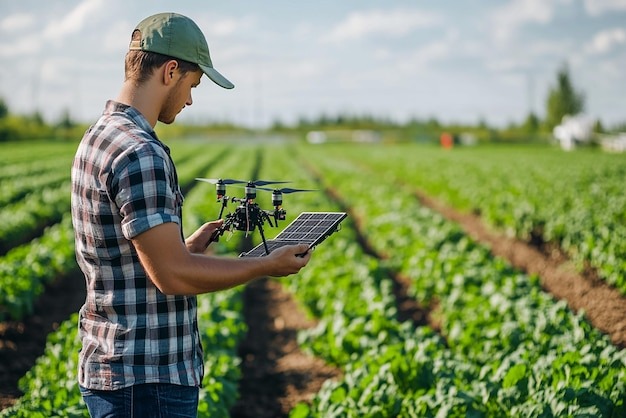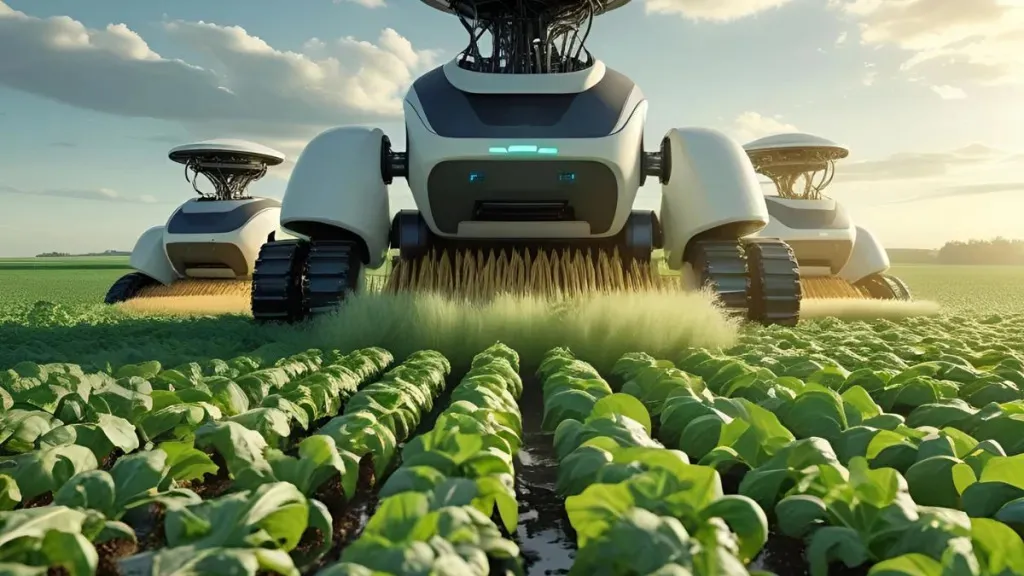Modern farming in Jharkhand is being changed by artificial intelligence (AI). Many parts of agriculture are being improved. Yields are rising. Costs are being cut. Farmers are being helped to farm smart.
What Is AI in Farming?

AI is the use of computers and data to make decisions that once required human judgment. AI systems can predict weather. AI can detect plant diseases early. Soil can be tested using sensors. Irrigation can be automated. All these tasks can be done with AI tools.
Read Also: Agritech in Karnataka: Smart Farming with AI Tools
Why Does Jharkhand need AI?
Jharkhand is hilly. Soil is varied. Rainfall is unpredictable. Many farmers are smallholder farmers. Water supply is uneven. Traditional methods cause losses. Crops fail due to pests. Inputs (fertiliser, seeds) are used in excess. Because of these problems, yields are low. Food security is weak. Income is unstable.
AI is seen as a solution. It is hoped that AI will help reduce risk. It is believed that AI will help resource-use efficiency. It is expected that more sustainable farming will be enabled.
How AI Is Already Being Used in Jharkhand?

Several farmers in Jharkhand are already using AI tools. These cases show what can be done when technology is adopted. Some recent examples are given. They are fresh, relevant, trending.
Smart irrigation and soil moisture sensors
In Hazaribagh district, a farmer named Binod Kumar Mahto has installed AI-based soil moisture sensors. These sensors detect moisture levels in soil. Watering is given only when needed. Water wastage has been reduced. Crop health has improved.
Automated irrigation through mobile app
The irrigation system in Mahto’s farms is controlled by a mobile app. Commands are given via the app. Valves are opened or closed automatically. The fields are divided into plots. Each plot has its own water control. Such automation helps farmers control water even from far.
Disease detection and monitoring
AI and digital tools are now used for early disease detection. Cameras and sensors detect signs of disease before they spread. The damage is reduced. Pesticide use is optimised. Crop loss is prevented.
Government schemes and support
Central schemes are helping farmers adopt modern tools. Solar-powered irrigation pumps are being given. Subsidies are used to buy better seed, new tools. Mulching machines and drip irrigation tools are being introduced. All this is helping yield and reducing costs.
Natural and sustainable farming aided by microbes
Soil health had died because of long use of chemical fertilisers. Beneficial microbes are being bought and used. Centers are being set up (Prakritik Krishi Sansadhan Kendra) in many villages. Organic inputs and microbial cultures are being taught and distributed. AI helps monitor soil and crop health.
Agro-Intelligence in Hazaribagh
In Hazaribagh, agro-intelligence tools are being adopted by small and tribal farmers. Yield gains have been seen. Income has improved. Migration has reduced. But adoption is still low among women, older farmers, due to low digital literacy.
What benefits are being seen?
- Because of AI, many benefits are being realised. Some are:
- Water is used more wisely. Wastage is reduced.
- Crop health is monitored well. Diseases are caught early.
- Input use (fertiliser, pesticide, seed) is more precise. Waste and cost fall.
- Yields rise. Profits increase.
- Farming becomes more resilient to weather change. Risk is reduced.
Natural farming and soil health are revived. Sustainable practices are encouraged.
What Challenges Remain?
Even though progress is being made, obstacles remain. These are:
Digital literacy: Many farmers are not comfortable with mobile apps. They cannot read texts. They do not trust new tools. Training is needed.
Infrastructure gaps: Internet and mobile network are weak in many areas. Power supply is irregular. Sensors and equipment are costly. Maintenance is difficult.
Cost and affordability: AI tools cost money. Many small farmers cannot afford them. Subsidies and support are required.
Data issues: Data about soil, weather, crops is not always good. AI models need good data. Localised data is scarce.
Gender and social inclusion: Women and marginalized communities often miss out. They get less access to tools. They have less decision-making power.
Sustainability: New technologies must be adapted to local ecology. Overuse of automated tools can cause unintended harms. Balance must be maintained.
What is being done to overcome challenges?
- Actions are now underway. Some steps have been taken. More are planned.
- Training programs are being held. Farmers are being taught how to use apps, sensors, and AI tools.
- Government is supporting agri-technology fairs, like Agrotech Kisan Mela in Ranchi. New guidebooks are being released.
- Resource centres are being set up. Bio-Input Resource Centres are growing. Natural farming clusters are being formed.
- Central schemes (PM Kisan Samman Nidhi, PM Kusum Yojana etc.) are being used to help buy tools, solar pumps, modern systems.
- Efforts are made to include women, youth, tribal farmers. Skill building in local language is being promoted. Financial inclusion is being improved.
Partnerships between government, NGOs, private sector are being strengthened. Innovations and pilot projects are being tested before wide rollout.
Conclusion
The AI revolution in modern farming in Jharkhand is underway. Many promising tools are being used. Many benefits have been seen. Many challenges remain. If the gaps in infrastructure, cost, literacy are addressed, the impact can become large. Farming in Jharkhand can become profitable and sustainable. Lives of farmers can be transformed. Food security and incomes can be secured.













